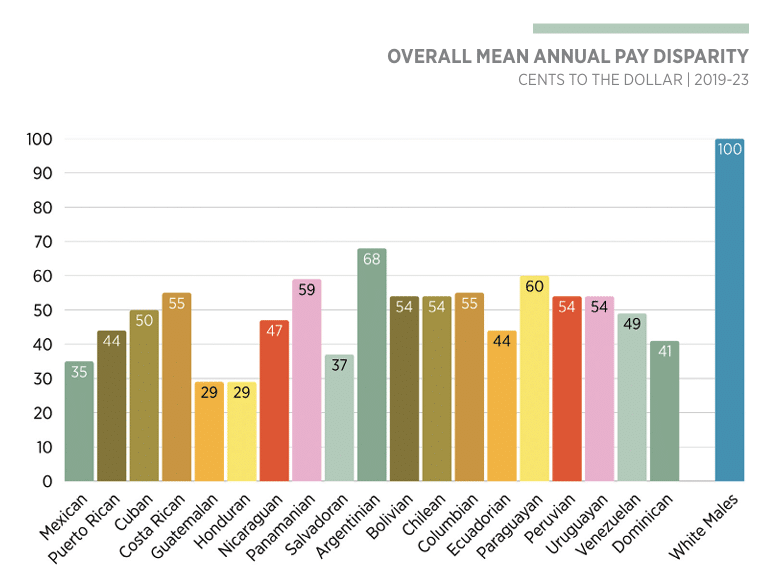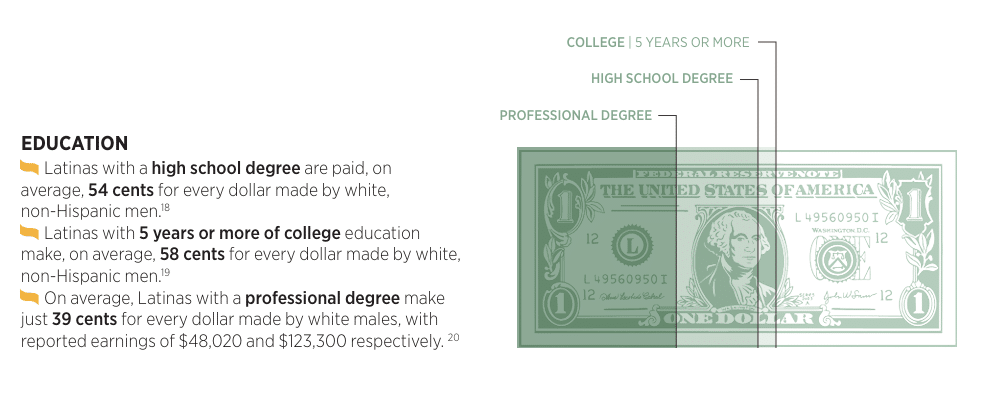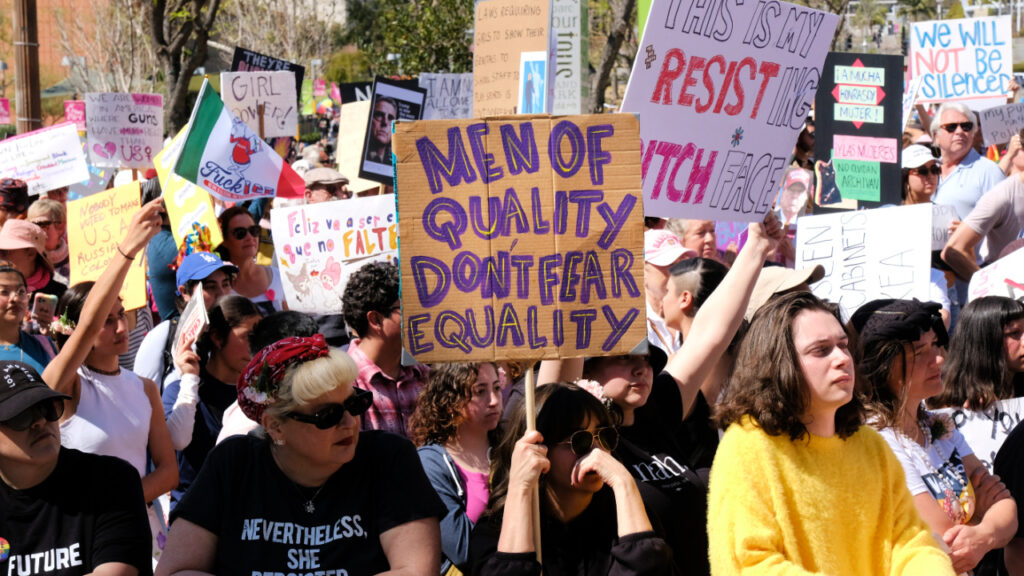Latina Equal Pay Day Marks Decades of Fighting for Fairness, and We’re Still Earning Half
It’s been ten years since the National Latina Equal Pay Campaign has been tracking our shots at equality, or the lack thereof. For a decade, the initiative has been screaming its lungs out about the pay gap and how we still earn only a fraction of what a white man earns for the same effort. But it hasn’t all been about raising voices. It has been about organization, mobilization, and conscientization.
Ten years later, the pay gap persists. According to the latest report, in 2024, all Latinas with reported earnings were paid 54 cents for every dollar earned by white, non-Latino men. This includes people working part-time, seasonally, part-year, and in the gig economy. For Latinas working full-time, the picture isn’t much better: they earn 58 cents for every dollar.
You read that right. We’re still earning almost half of what a white man earns, while holding the economy on our shoulders. And the future doesn’t look much brighter.
Latina Equal Pay Day: Almost 30 Years of Visibility and Little Change
Up until 1996, few questioned whether there was a level playing field for work opportunities. Everyone took for granted that women should earn less. After all, that’s what history has taught us. We could be single mothers, working full-time while managing our households (and our parents), and no one even flinched.
Then the National Committee on Pay Equity (then called “National Pay Inequity Awareness Day”) started asking the right questions. It took seventeen years for the Equal Pay Today Coalition (EPT) to gain momentum and begin addressing the gender and racial pay gap in the United States.
Long before “intersectionality” became a trending online term, the EPT united women’s rights organizations across the country. They understood that Equal Pay Days looked different for women in various demographic groups, including Latinas.
The Latina Pay Gap Under the Magnifying Glass
The GDP of Latinas in the U.S. surpasses that of the state of Florida. Let that sink in: put together, our earnings match an entire state. Yet, we still get paid 58 cents for every dollar paid to white, non-Latino men.
Even worse, Latinas in rural communities earn an average of 43 cents less than their male counterparts. Considering more than 19 million women live in rural areas and face persistent poverty, lack of services, and limited protections, the game is still rigged against them.
And when you go granular, the picture gets even starker. According to available data, Mexican Latinas earn 35 cents for every dollar a white man earns. Guatemalans and Hondurans earn $0.29, Puerto Ricans $0.44, Cubans $0.50, and Costa Ricans $0.55. Argentinians earn 68 cents, Paraguayans 60 cents, and Colombians 55 cents. Whether these differences have to do with skin color is something we can’t confirm, but one can wonder.

The Latina Pay Gap by Immigration Status and Education
It’s no secret that immigration status changes everything when it comes to work opportunities in the U.S., especially right now. According to the latest Latina Equal Pay Day report, women from the Northern Triangle (Honduras, Guatemala, and El Salvador) must juggle fleeing violence, arriving in the U.S., and finding a job. That job, however, often comes with dauntingly low wages, which only deepen existing vulnerabilities.
The report notes that “low wages create conditions that expose migrant women to the risk of further physical and mental harm, as well as related trauma.”
For Latinas with a degree, the situation isn’t much different. Regardless of occupation or level of education, the pay gap persists. While some attribute the disparity to overrepresentation in low-paying jobs, it’s also true that Latinas across industries and sectors experience the same inequities.
For example, Latinas employed as maids, housekeepers, and cleaners earn, on average, 81 cents for every dollar earned by white, non-Latino men in the same field. Latina actors, producers, and directors earn 70 cents. Latina waitresses make 87 cents, and bartenders 76 cents. Higher up the ladder, Latinas in the C-suite, or working as legislators or public officials, earn 59 cents, while Latina lawyers, judges, and magistrates earn 67 cents.
To put this into perspective, a Latina with a professional degree earns around $48,020 per year. A white man? $123,300.

Yes, We Have a Latina Equal Pay Day, but Will Something Ever Change?
That’s the million-dollar question. In the race to build wealth, we Latinas started with a serious disadvantage, one that has nothing to do with us. It’s a rigged game designed to keep the white, cis patriarchy in control of what we earn and what we do with it. But knowledge is power, and with power comes responsibility.
Latina Equal Pay Day isn’t just a date on the calendar or a hashtag on social media. It’s a rallying cry. As Mónica Ramírez, campaign founder of Justice for Migrant Women, told FIERCE, more than 14 million Latinas strengthen our workforce and communities. And while there has been progress, through stronger laws, greater awareness, and increased union organizing, the work is far from over.
“All working Latinas are paid just 54 cents for every dollar paid to their white male counterparts,” Ramírez said. “Underpaying Latinas has far-reaching effects beyond paychecks. It undermines access to safe housing, healthcare, and financial security, while blocking pathways to long-term wealth and stability.”
That’s why this October 8, we join the fight, raising our voices to demand justice, fairness, and the opportunity to support our families and thrive.
For more information about the numbers behind these findings, click here.




